Home>Home Appliances>Cleaning Appliances>What Is The Best Robot Vacuum Cleaner
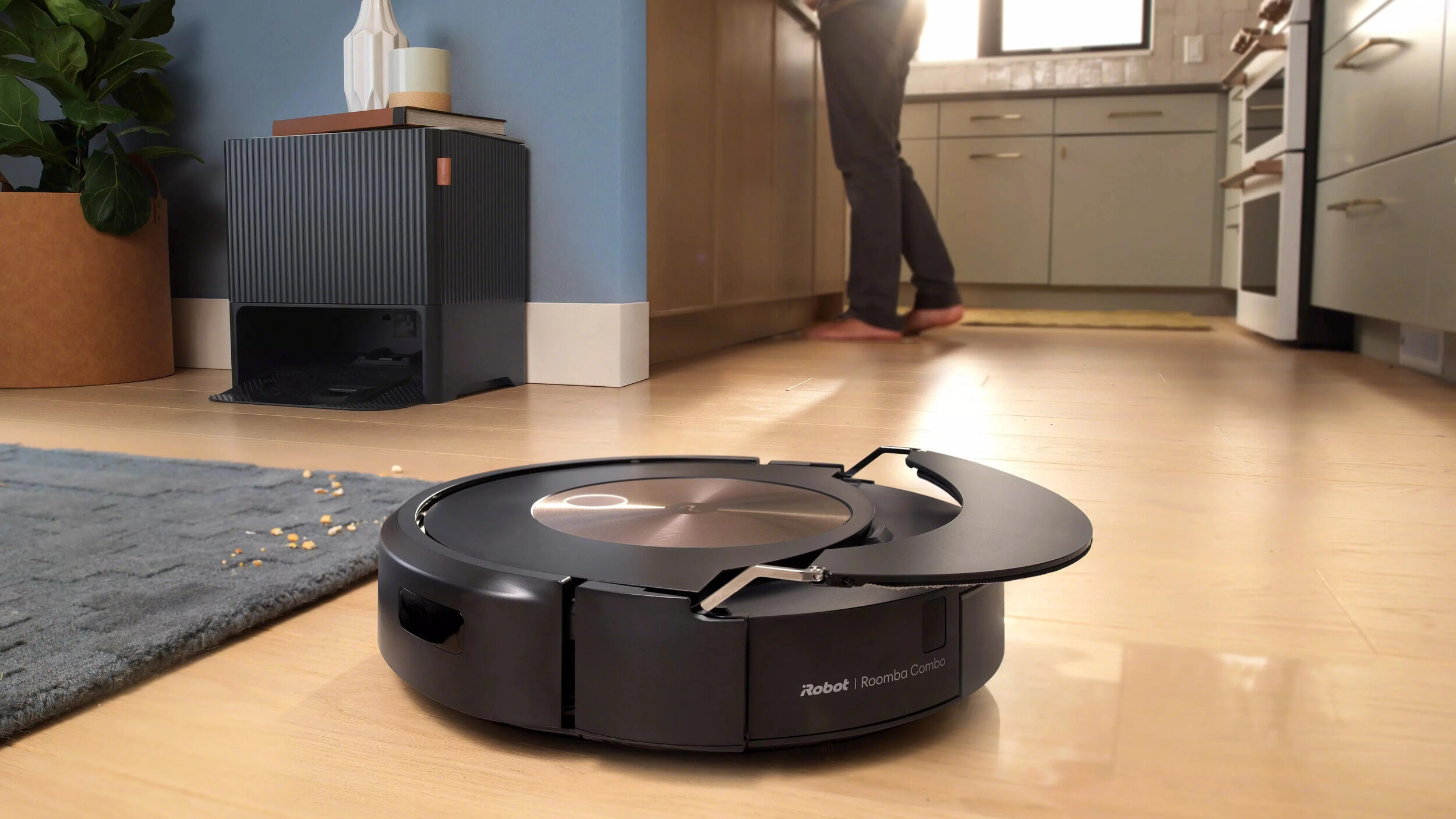

Cleaning Appliances
What Is The Best Robot Vacuum Cleaner
Modified: January 19, 2024
Discover the top robot vacuum cleaners for your cleaning appliances. Find the best options for efficient and convenient cleaning. Choose the perfect robot vacuum for your home today!
(Many of the links in this article redirect to a specific reviewed product. Your purchase of these products through affiliate links helps to generate commission for Storables.com, at no extra cost. Learn more)
Introduction
Welcome to the future of home cleaning! Robot vacuum cleaners have revolutionized the way we maintain our living spaces, offering a hands-free approach to keeping floors free of dust, dirt, and debris. These smart devices have become an essential tool for busy individuals and families seeking to simplify their cleaning routines without sacrificing cleanliness. In this comprehensive guide, we will delve into the features, performance, battery life, navigation, maintenance, and overall value of robot vacuum cleaners to help you find the best option for your home.
As we explore the world of robot vacuum cleaners, we’ll uncover the latest advancements in technology and design that contribute to their efficiency and effectiveness. Whether you’re a tech enthusiast looking for the most cutting-edge features or a practical homeowner seeking a reliable cleaning solution, this article will provide valuable insights to guide your decision-making process. So, sit back, relax, and let’s embark on a journey to discover the best robot vacuum cleaner for your needs.
Key Takeaways:
- Embrace the future of cleaning with robot vacuum cleaners! They offer hands-free convenience, advanced features, and efficient performance for maintaining pristine floors in modern homes.
- When choosing a robot vacuum, consider features, performance, battery life, and overall value to find the perfect cleaning companion that suits your needs and budget.
Read more: What Is A Robot Vacuum Cleaner
Robot Vacuum Cleaner Features
Robot vacuum cleaners are equipped with a plethora of features designed to optimize their cleaning performance and user experience. These features set them apart from traditional vacuum cleaners and contribute to their autonomous functionality. Here are some key features to consider when evaluating robot vacuum cleaners:
- Sensor Technology: Advanced sensor systems enable robot vacuums to detect obstacles, navigate around furniture, and avoid falls down stairs. These sensors include infrared, laser, and cliff sensors, allowing the device to move seamlessly through various floor layouts.
- Brush Systems: Most robot vacuums utilize a combination of brush systems, including side brushes for edge cleaning and a main brush roll for thorough dirt and debris removal. Some models also feature rubber extractors that prevent hair tangles and enhance suction power.
- Filtration: High-efficiency filters, such as HEPA filters, capture fine particles and allergens, improving air quality as the robot vacuum cleans. This is especially beneficial for individuals with allergies or respiratory sensitivities.
- App Connectivity: Many modern robot vacuums are equipped with companion mobile apps that allow users to schedule cleaning sessions, monitor the device’s progress, and receive notifications and updates. Some models even offer voice control compatibility with virtual assistants like Alexa and Google Assistant.
- Mapping and Navigation: Advanced robot vacuums use mapping technology to create a virtual map of the cleaning area, enabling them to clean in methodical, efficient patterns. This results in thorough coverage and reduced cleaning times.
These features, among others, contribute to the overall effectiveness and convenience of robot vacuum cleaners, making them an attractive option for modern homeowners seeking a hands-free cleaning solution.
Performance and Cleaning Ability
When evaluating robot vacuum cleaners, performance and cleaning ability are crucial factors that directly impact their effectiveness in maintaining a clean living environment. These devices are designed to handle various floor types, including hardwood, tile, carpet, and laminate, and their cleaning capabilities are influenced by several key elements:
- Suction Power: The suction power of a robot vacuum determines its ability to lift dirt, dust, and debris from different surfaces. High suction power is essential for thorough cleaning, especially in homes with pets, high foot traffic, or carpeted areas.
- Brush Design: The brush system, including side brushes and main brush rolls, plays a vital role in loosening and capturing dirt and hair. Efficient brush designs prevent tangles and ensure optimal cleaning performance.
- Edge Cleaning: Robot vacuums equipped with specialized side brushes excel at cleaning along baseboards and edges, reaching areas that traditional vacuums often miss.
- Multi-Surface Adaptability: The ability of a robot vacuum to seamlessly transition between different floor surfaces, such as from hardwood to carpet, ensures comprehensive cleaning throughout the home.
Furthermore, the performance of a robot vacuum cleaner is influenced by its ability to navigate obstacles, avoid getting stuck, and effectively cover the cleaning area. Advanced models utilize smart navigation systems and mapping technology to optimize their cleaning paths, resulting in thorough and efficient cleaning sessions.
For pet owners, choosing a robot vacuum with specialized features for dealing with pet hair and dander is essential for maintaining a clean and fur-free home. Additionally, individuals with allergies benefit from robot vacuums equipped with high-efficiency filtration systems that capture allergens and fine particles, contributing to improved indoor air quality.
By considering these performance and cleaning factors, homeowners can select a robot vacuum cleaner that aligns with their specific cleaning needs and enhances the overall cleanliness of their living spaces.
Battery Life and Charging
The battery life and charging capabilities of a robot vacuum are integral aspects that directly impact its efficiency and usability. As autonomous cleaning devices, robot vacuums rely on rechargeable batteries to power their cleaning sessions. Here are key considerations related to battery life and charging:
- Battery Capacity: The battery capacity of a robot vacuum determines the duration it can operate on a single charge. Higher-capacity batteries enable longer cleaning sessions, making them suitable for larger homes or areas requiring extensive cleaning.
- Run Time: The run time of a robot vacuum refers to the duration it can clean before requiring recharging. Longer run times are advantageous for thorough cleaning and covering larger floor areas without interruption.
- Recharge and Resume: Some advanced robot vacuums feature “recharge and resume” functionality, allowing them to automatically return to their charging dock when the battery is low, recharge, and then resume cleaning from where they left off. This feature ensures uninterrupted cleaning sessions, especially for larger homes.
- Charging Time: The charging time of a robot vacuum indicates how long it takes to fully recharge its battery. Shorter charging times contribute to quicker turnaround between cleaning sessions, enhancing the device’s overall efficiency.
Efficient battery management and power utilization are essential for maximizing the cleaning performance of robot vacuums. Additionally, the convenience of automated recharging and seamless resumption of cleaning tasks contributes to a hassle-free user experience.
When selecting a robot vacuum, homeowners should consider the balance between battery capacity, run time, and charging speed to ensure that the device aligns with the size of their living space and their cleaning requirements. By doing so, they can enjoy consistent and thorough cleaning without being hindered by battery limitations.
Navigation and Mapping
Efficient navigation and mapping capabilities are pivotal features that distinguish advanced robot vacuum cleaners, enabling them to clean with precision and autonomy. These aspects significantly impact the device’s ability to cover the cleaning area thoroughly while avoiding obstacles and navigating through various floor layouts. Here are key considerations related to navigation and mapping:
- Smart Navigation Systems: Modern robot vacuums utilize smart navigation systems, such as laser mapping and visual simultaneous localization and mapping (VSLAM), to create accurate maps of the cleaning area. This enables them to navigate in systematic patterns, covering the space methodically.
- Obstacle Detection: Advanced sensors allow robot vacuums to detect and avoid obstacles, including furniture, cords, and pet bowls, ensuring seamless navigation and preventing collisions that could disrupt the cleaning process.
- Virtual Boundaries and No-Go Zones: Some models offer the ability to create virtual boundaries or designate specific no-go zones through their companion apps, allowing users to restrict areas where the robot vacuum should not clean.
- Multi-Level Mapping: For homes with multiple floors, robot vacuums with multi-level mapping capabilities can store and switch between different floor plans, providing comprehensive cleaning throughout the entire living space.
Efficient navigation and mapping are essential for optimizing cleaning coverage and ensuring that the robot vacuum can effectively clean various floor types and room layouts. These features contribute to the overall convenience and effectiveness of the cleaning process, allowing homeowners to maintain tidy living spaces without manual intervention.
By selecting a robot vacuum with advanced navigation and mapping capabilities, homeowners can enjoy the peace of mind that their cleaning tasks are being handled with precision and efficiency, freeing up time for other activities while their floors remain spotless.
When choosing a robot vacuum cleaner, look for one with strong suction power, long battery life, and advanced navigation technology for efficient cleaning. Also, consider the size of your home and the type of flooring for the best fit.
Read also: 9 Best Vacuum Cleaner Robot For 2024
Noise Level
When considering the purchase of a robot vacuum cleaner, the noise level is an important factor to take into account, especially for those who value a peaceful and quiet living environment. The noise produced by a robot vacuum can vary based on its design, suction power, and cleaning mode. Here are key points to consider regarding the noise level of robot vacuums:
- Suction Power and Noise: Higher suction power may result in increased noise levels during operation. It’s important to balance cleaning performance with noise output, especially in homes where low noise levels are preferred.
- Cleaning Modes: Some robot vacuums offer different cleaning modes, such as standard, turbo, and quiet modes. Quiet modes are designed to reduce noise levels while providing adequate cleaning performance, making them ideal for use during quiet hours or when minimizing disturbances is a priority.
- Noise Reduction Features: Certain models are equipped with noise reduction technologies, such as optimized brush designs and improved airflow management, to minimize operational noise without compromising cleaning efficiency.
For individuals who work or study from home, have young children, or simply prefer a tranquil living environment, selecting a robot vacuum with a low noise level is essential for maintaining a peaceful atmosphere while cleaning tasks are carried out. Additionally, low noise levels contribute to a more pleasant user experience and enable the robot vacuum to operate without causing disruptions.
By considering the noise level of a robot vacuum cleaner, homeowners can ensure that their cleaning device provides effective performance while maintaining a comfortable and serene living environment. The ability to enjoy a clean home without being disturbed by excessive noise adds to the overall appeal and usability of these autonomous cleaning devices.
Maintenance and Durability
Ensuring the proper maintenance and durability of a robot vacuum cleaner is essential for maximizing its longevity and cleaning efficiency. By adhering to recommended maintenance practices and selecting a durable model, homeowners can enjoy consistent performance and reliability from their cleaning device. Here are key considerations related to maintenance and durability:
- Filter and Brush Maintenance: Regularly cleaning or replacing filters and brushes is crucial for maintaining optimal suction power and cleaning performance. Some models feature washable filters and detachable brush rolls for convenient maintenance.
- Dustbin Emptying: Regularly emptying the dustbin prevents debris buildup and ensures that the robot vacuum can effectively collect dirt and dust during cleaning sessions. Easy-access dustbins facilitate quick and hassle-free emptying.
- Battery Care: Following proper battery care guidelines, such as avoiding deep discharges and storing the robot vacuum with a partially charged battery, helps prolong the battery’s lifespan and overall operational efficiency.
- Durable Construction: Selecting a robot vacuum with a durable construction, including impact-resistant bumpers and quality materials, enhances its ability to withstand daily use and navigate through the home without sustaining damage.
By prioritizing maintenance and selecting a durable robot vacuum, homeowners can mitigate the need for frequent repairs and replacements, ultimately saving time and money while enjoying consistently clean floors. Additionally, the durability of the device contributes to its long-term reliability and performance, providing peace of mind to users.
Investing in a robot vacuum with user-friendly maintenance features and a robust build ensures that the device remains in optimal condition, delivering efficient cleaning results and contributing to a healthier and more hygienic home environment.
Price and Value
When considering the purchase of a robot vacuum cleaner, evaluating the price and overall value is essential for making an informed decision that aligns with budgetary considerations and cleaning needs. The price of a robot vacuum can vary based on its features, performance, brand, and technological advancements. Here are key points to consider regarding the price and value of robot vacuums:
- Feature-to-Price Ratio: Assessing the features offered by a robot vacuum in relation to its price provides insight into the value it delivers. Advanced features such as smart navigation, app connectivity, and high-efficiency filtration contribute to the overall value of the device.
- Cleaning Performance: The cleaning ability and suction power of a robot vacuum directly impact its value. Models that excel at thorough cleaning across various floor types and offer specialized cleaning modes provide enhanced value for homeowners.
- Long-Term Savings: While the initial cost of a robot vacuum is a significant consideration, its long-term value should also be evaluated. Factors such as reduced cleaning time, minimized manual effort, and improved indoor air quality contribute to the long-term value and potential cost savings associated with the device.
- Brand Reputation and Warranty: The reputation of the brand and the warranty provided with the robot vacuum contribute to its overall value. Established brands with a track record of quality and reliable customer support enhance the perceived value of the device.
By carefully assessing the price and value of a robot vacuum cleaner, homeowners can make a well-informed decision that aligns with their cleaning requirements and budget. Investing in a robot vacuum that offers a compelling feature set, reliable performance, and long-term value ensures a satisfying and worthwhile cleaning experience.
Ultimately, the goal is to select a robot vacuum that provides a balance of advanced features, effective cleaning performance, and long-term value, enhancing the overall cleanliness and comfort of the home while delivering a positive return on investment.
Conclusion
Robot vacuum cleaners have undoubtedly transformed the way we approach home cleaning, offering a convenient and efficient solution for maintaining pristine floors with minimal effort. As we’ve explored the features, performance, battery life, navigation, maintenance, and overall value of these autonomous cleaning devices, it’s evident that they have become indispensable tools for modern homeowners seeking to streamline their cleaning routines.
With advanced sensor technology, smart navigation systems, and powerful cleaning capabilities, robot vacuums have proven their effectiveness in tackling various floor types and keeping homes free of dirt, dust, and debris. The ability to schedule cleaning sessions, monitor the device remotely, and enjoy hands-free operation has made these devices an invaluable addition to households of all sizes.
While the initial investment in a robot vacuum is a crucial consideration, the long-term value and benefits it provides, including time savings, improved indoor air quality, and reduced manual effort, make it a worthwhile addition to any home. By selecting a model with a compelling feature set, durable construction, and efficient cleaning performance, homeowners can enjoy the convenience and peace of mind that come with a reliable cleaning companion.
In conclusion, the best robot vacuum cleaner is one that aligns with the specific cleaning needs, lifestyle, and budget of the homeowner. By carefully evaluating the features, performance, maintenance requirements, and overall value of robot vacuums, individuals can make a well-informed decision that enhances the cleanliness and comfort of their living spaces, all while embracing the future of home cleaning with cutting-edge technology.
Frequently Asked Questions about What Is The Best Robot Vacuum Cleaner
Was this page helpful?
At Storables.com, we guarantee accurate and reliable information. Our content, validated by Expert Board Contributors, is crafted following stringent Editorial Policies. We're committed to providing you with well-researched, expert-backed insights for all your informational needs.
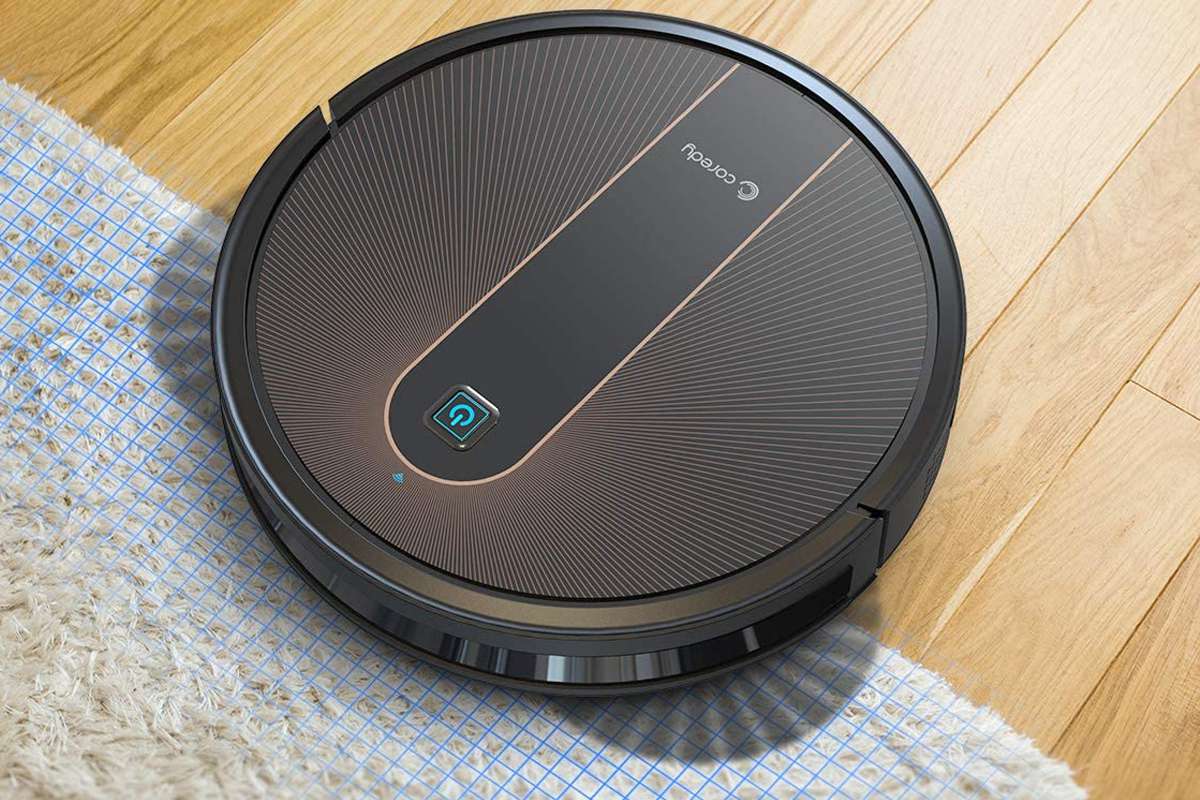
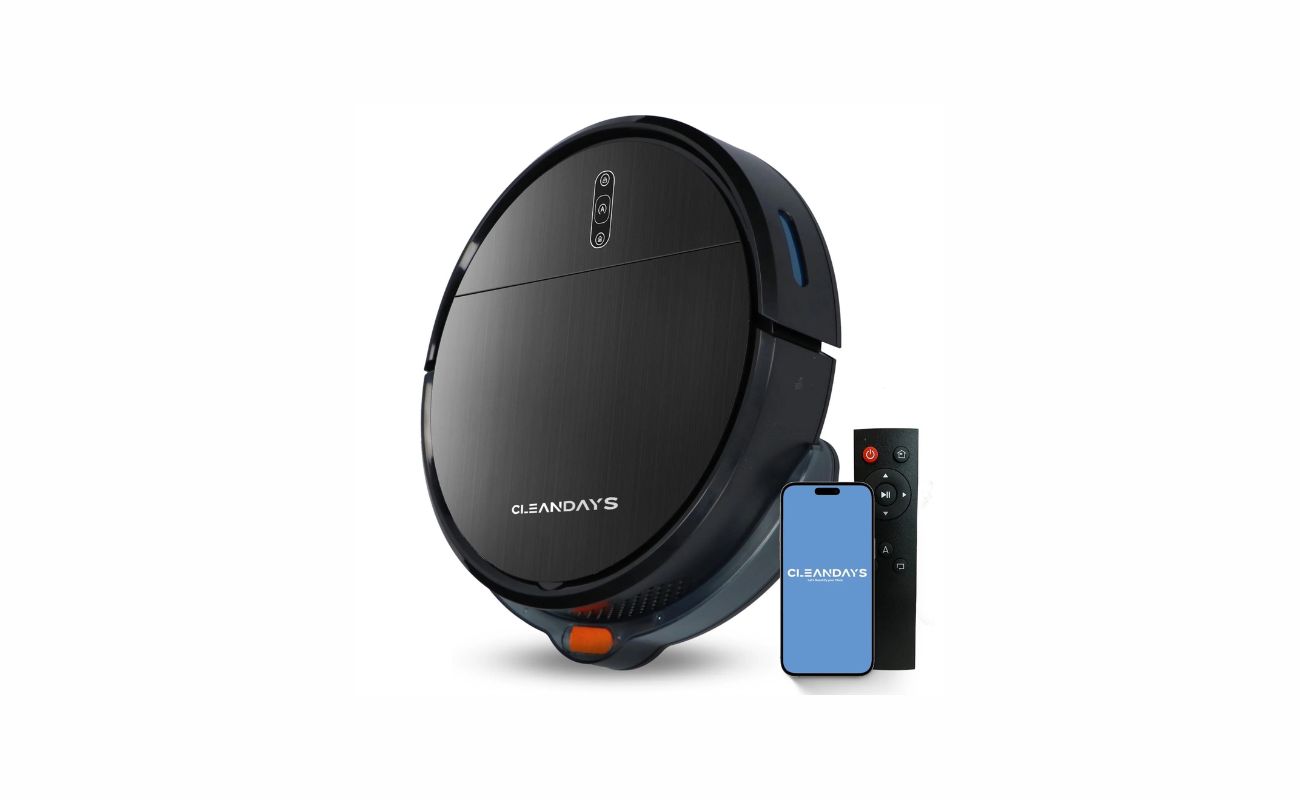
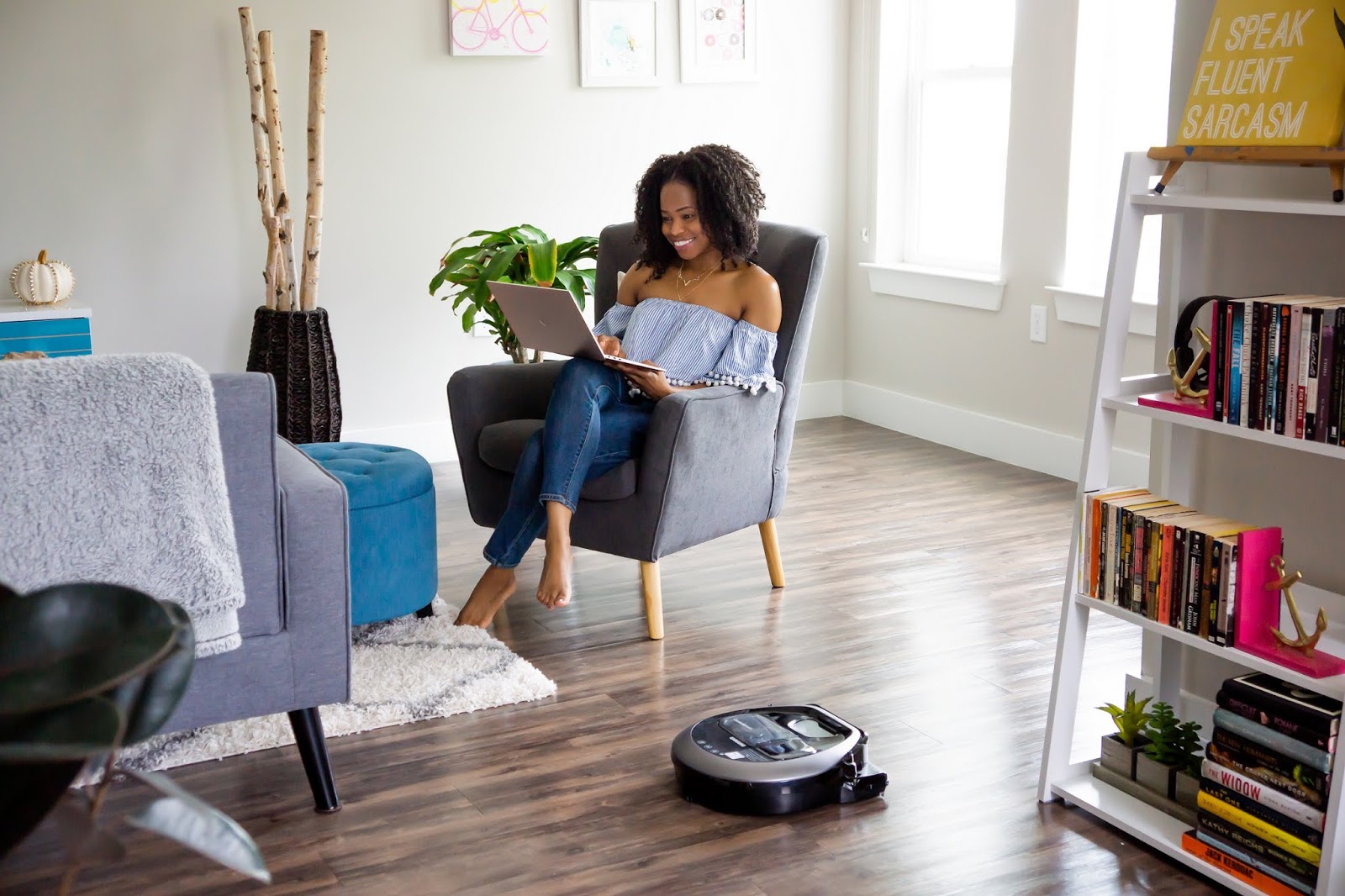
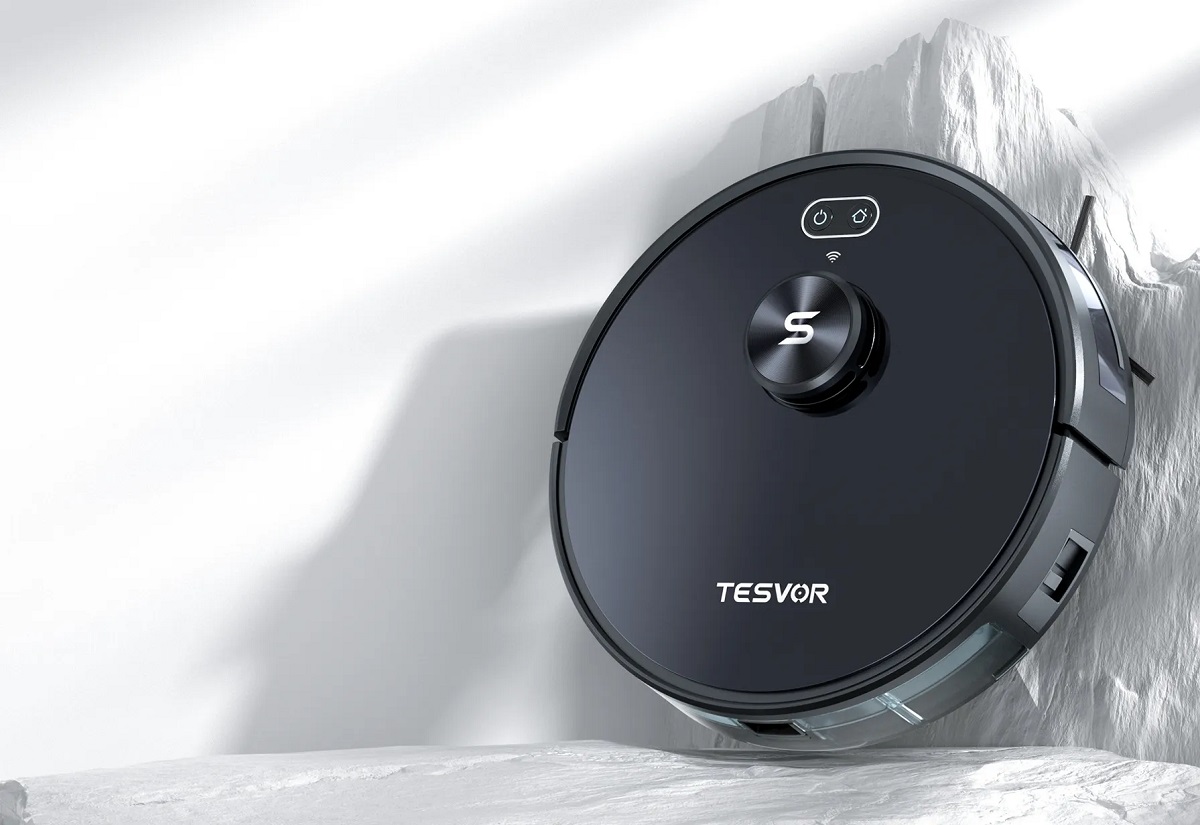
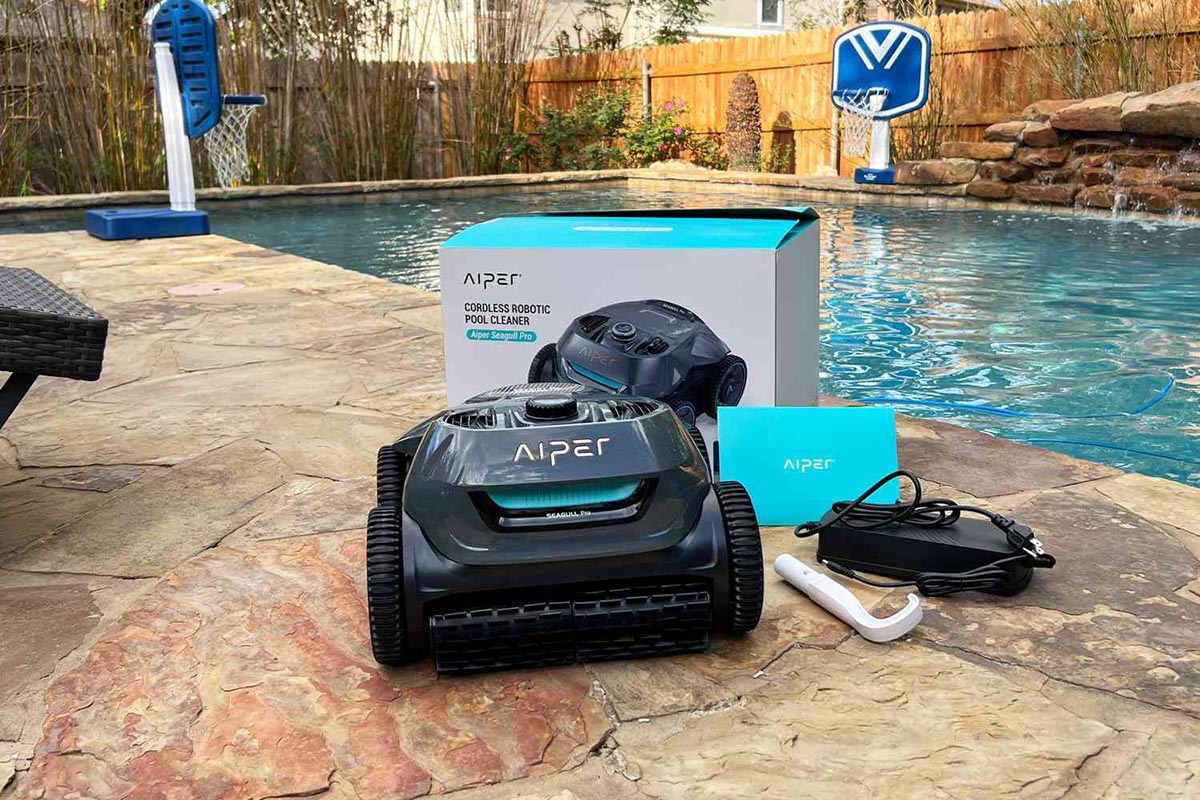
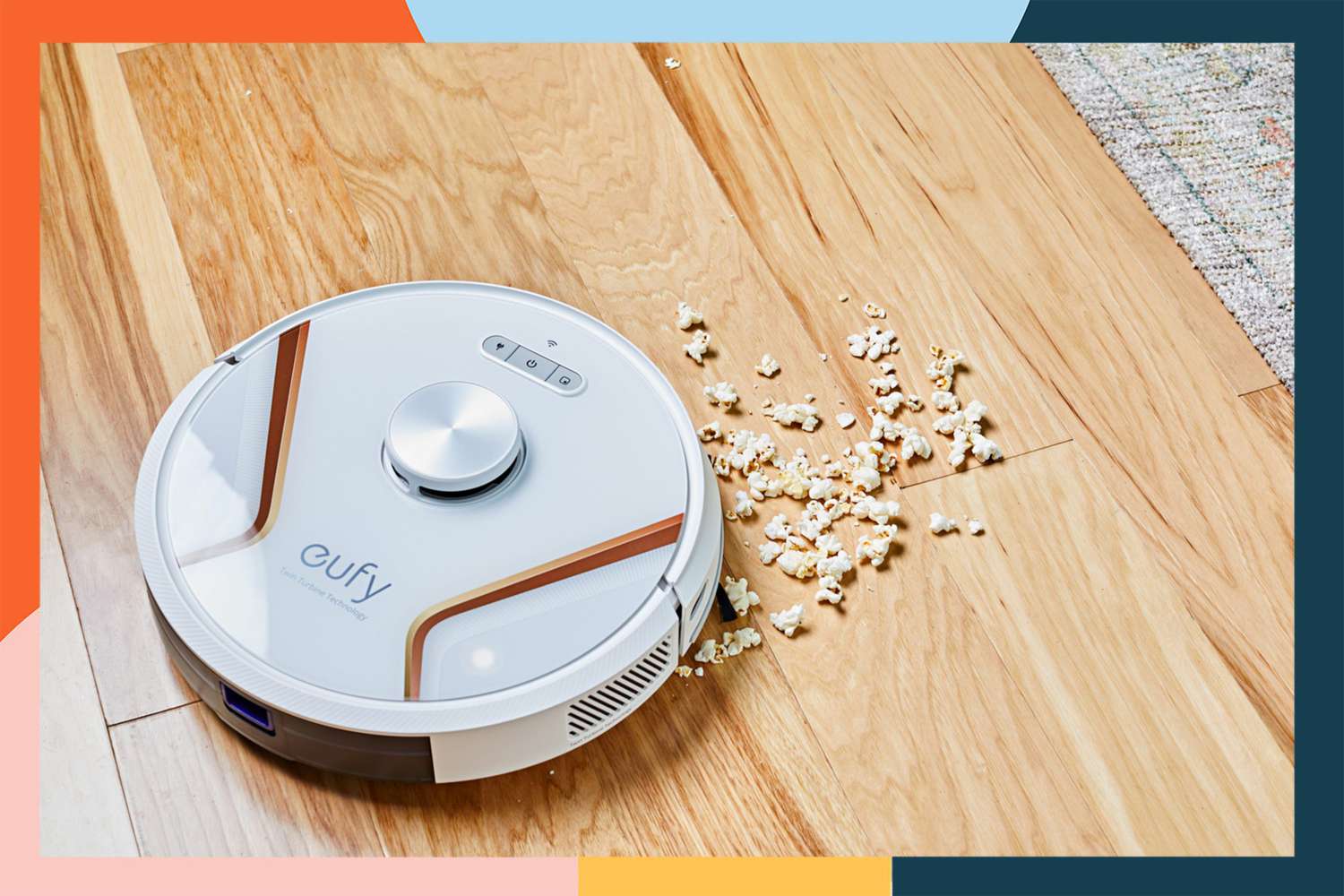
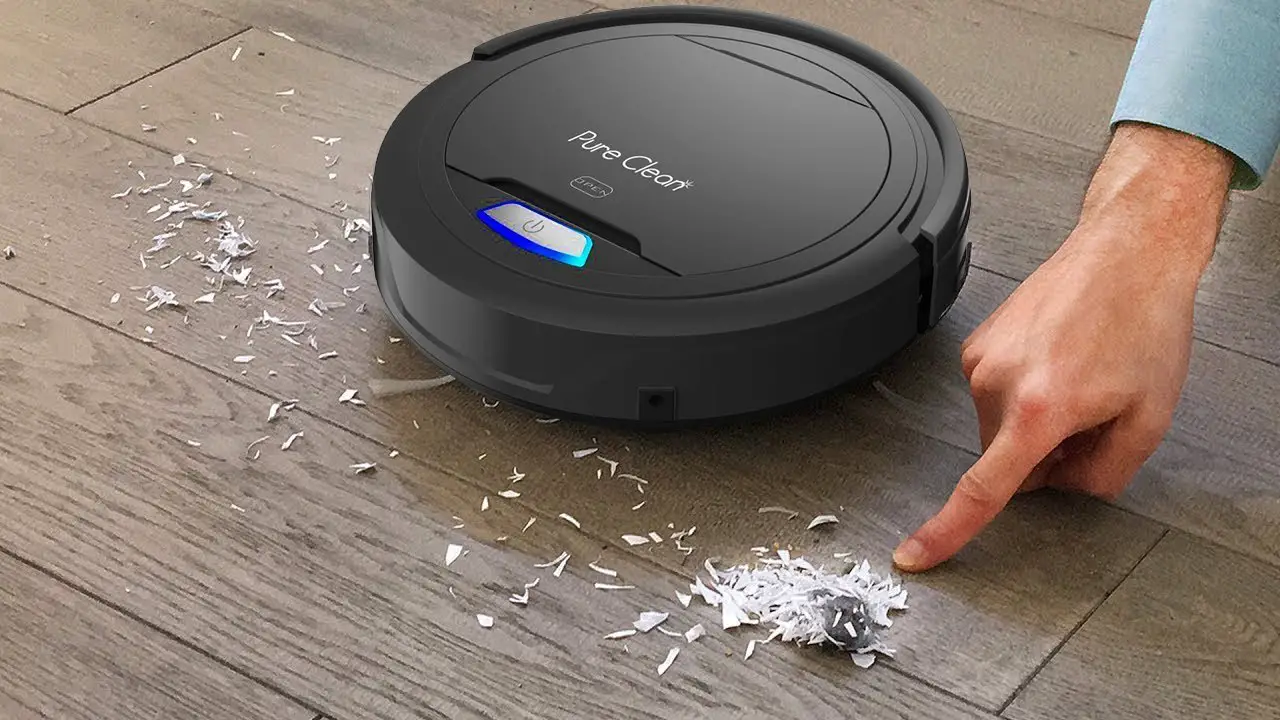
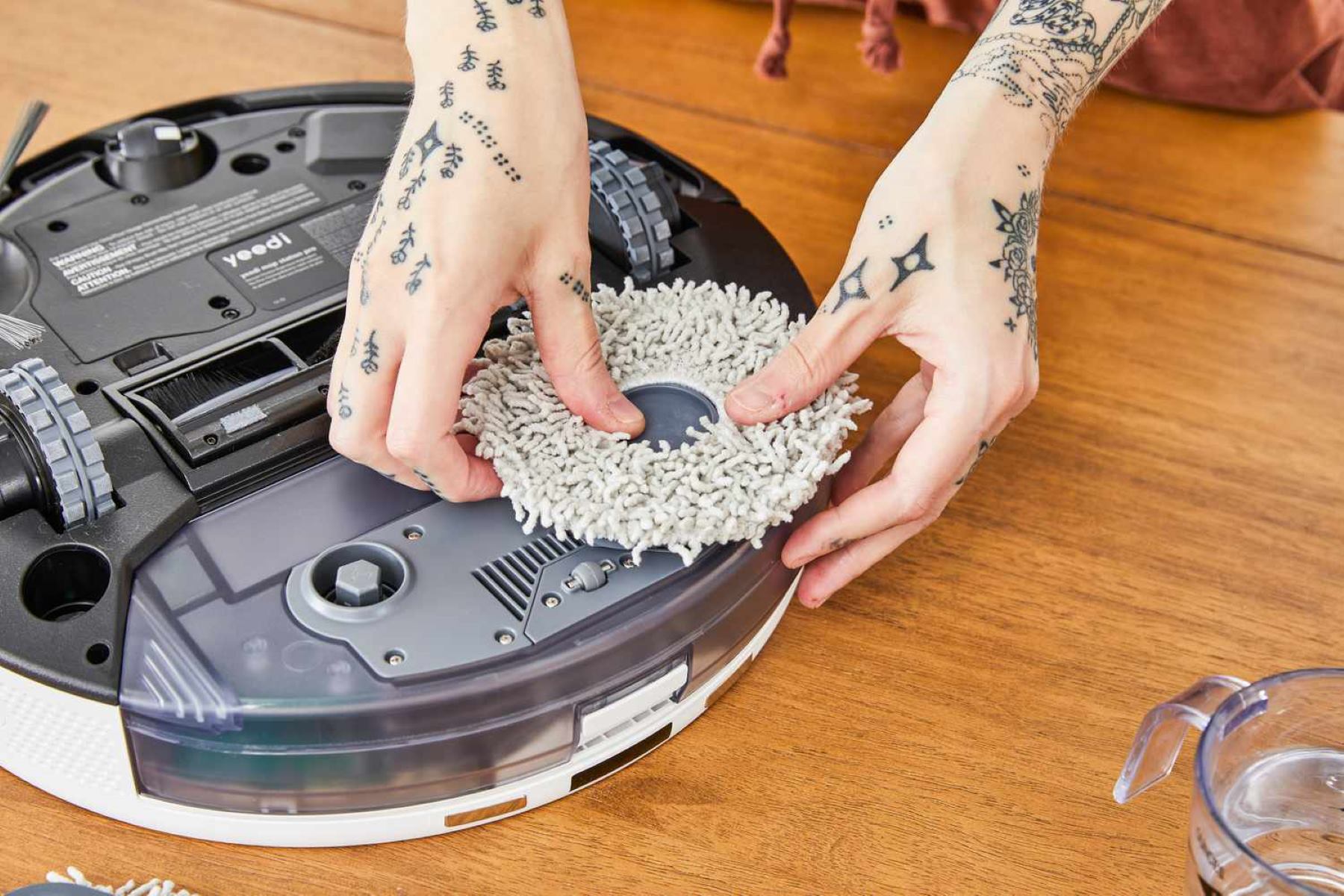
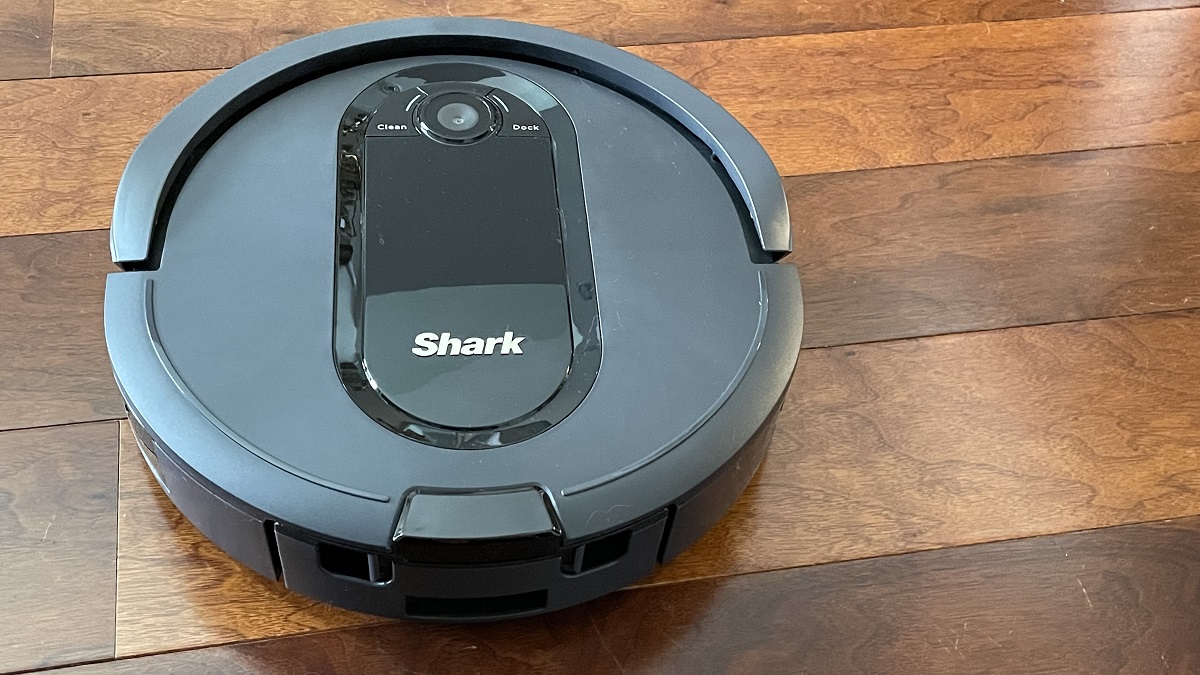
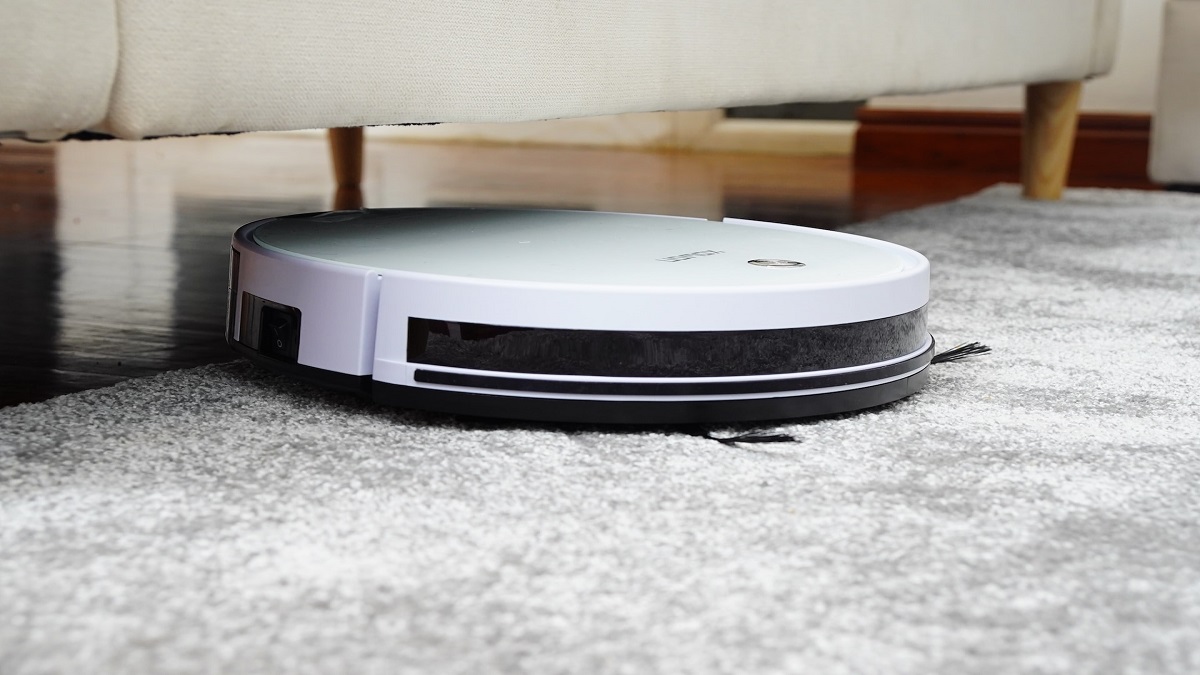
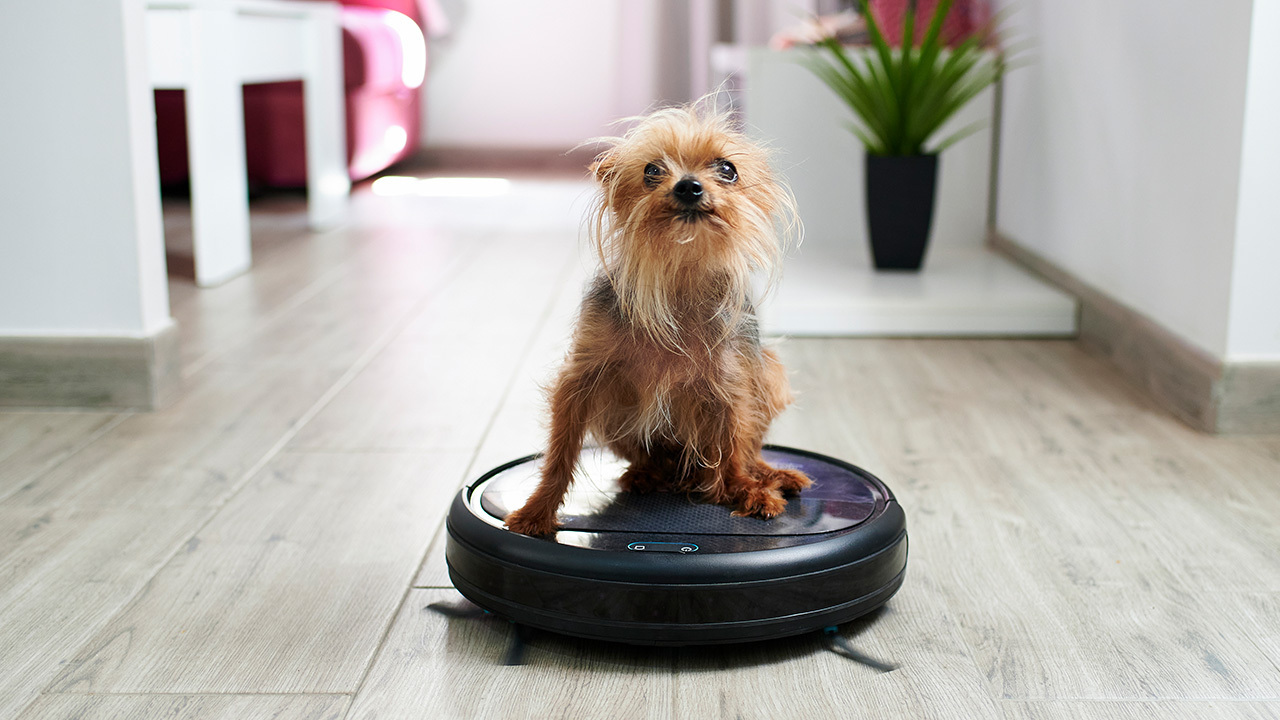

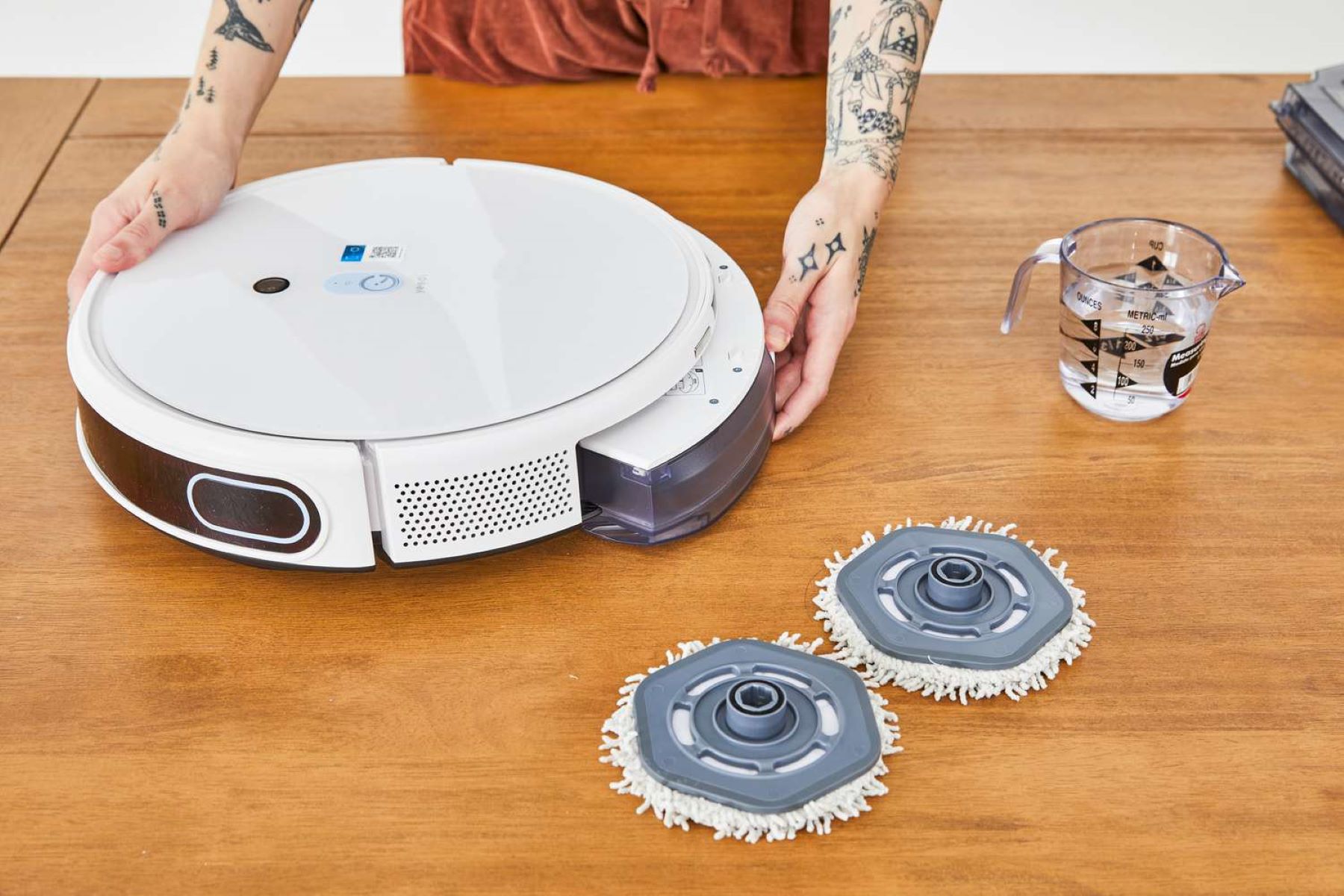
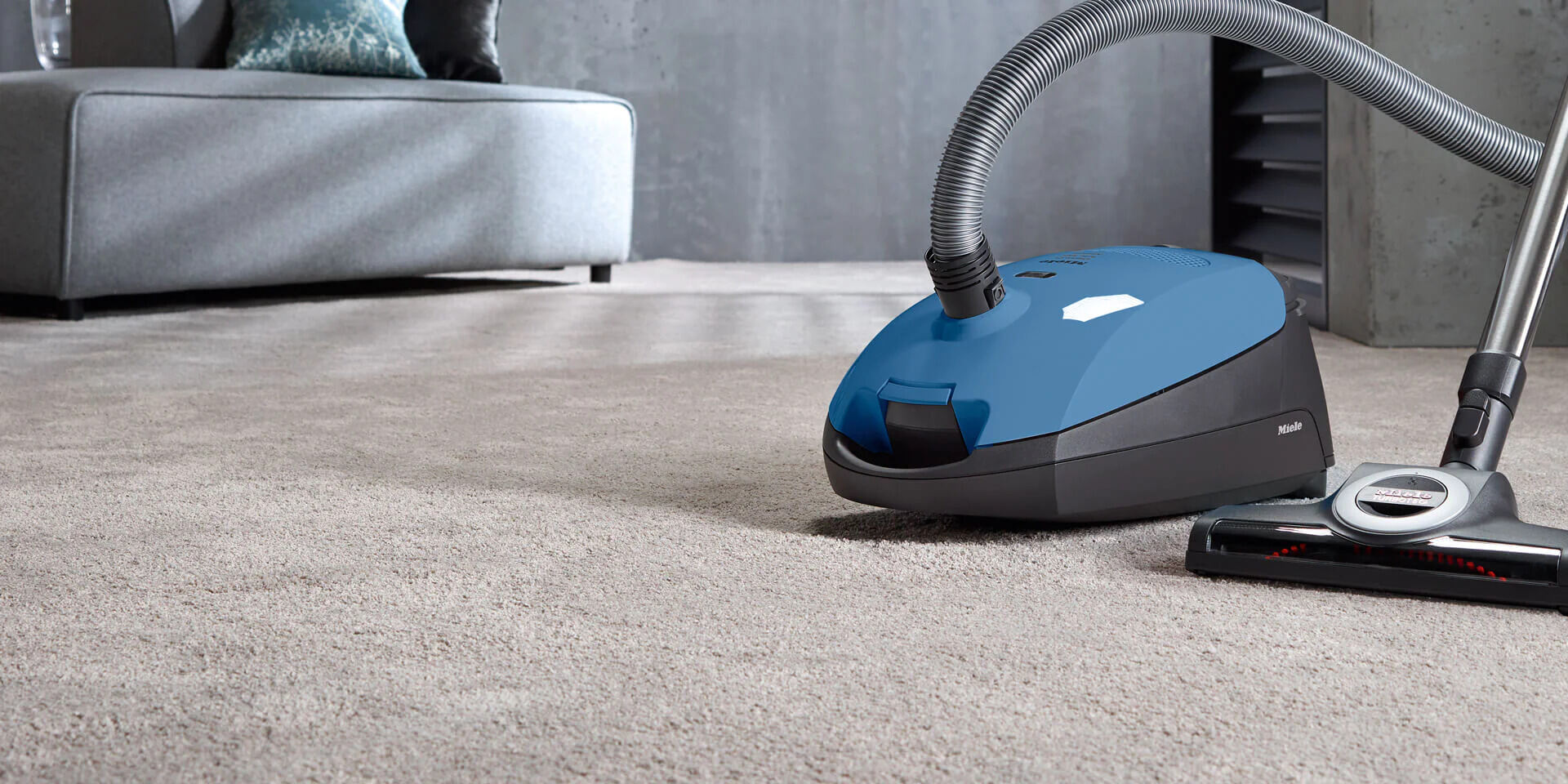

0 thoughts on “What Is The Best Robot Vacuum Cleaner”